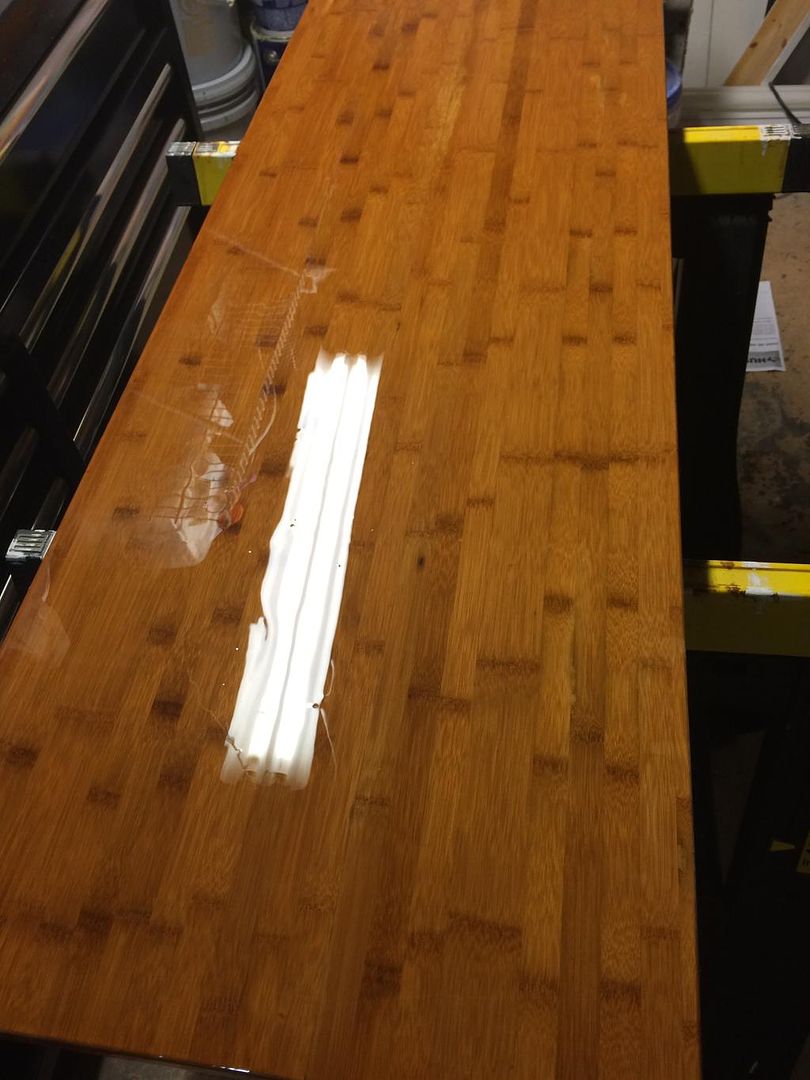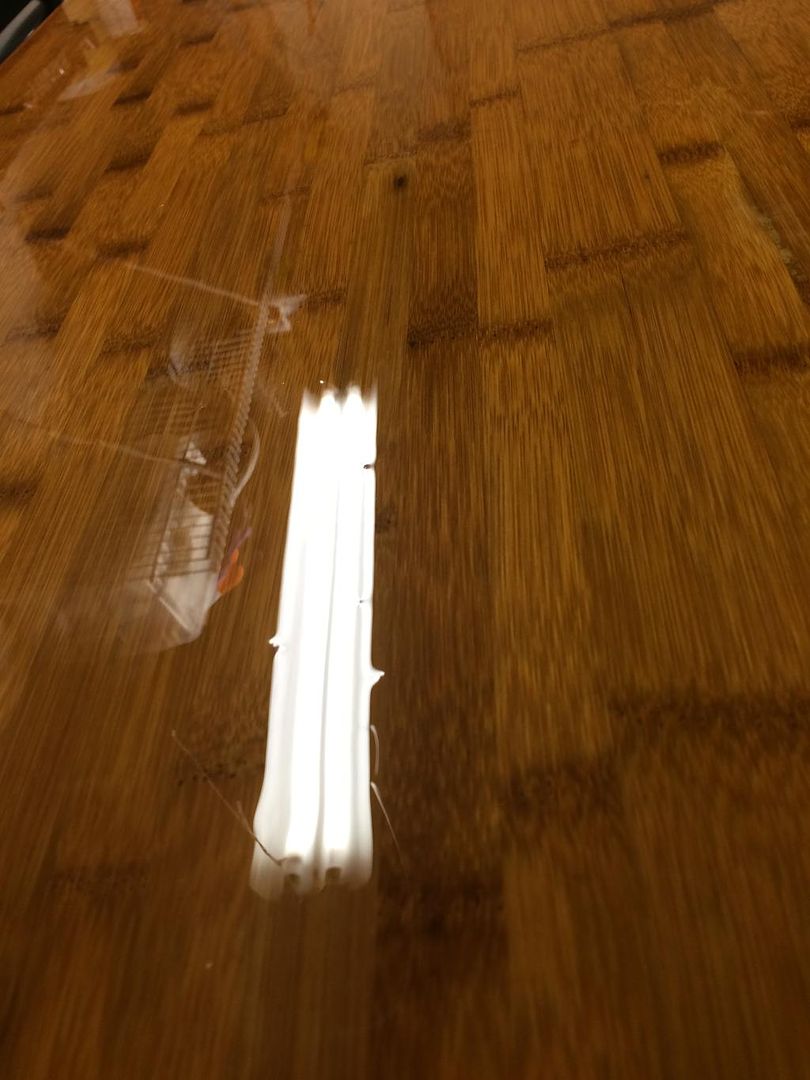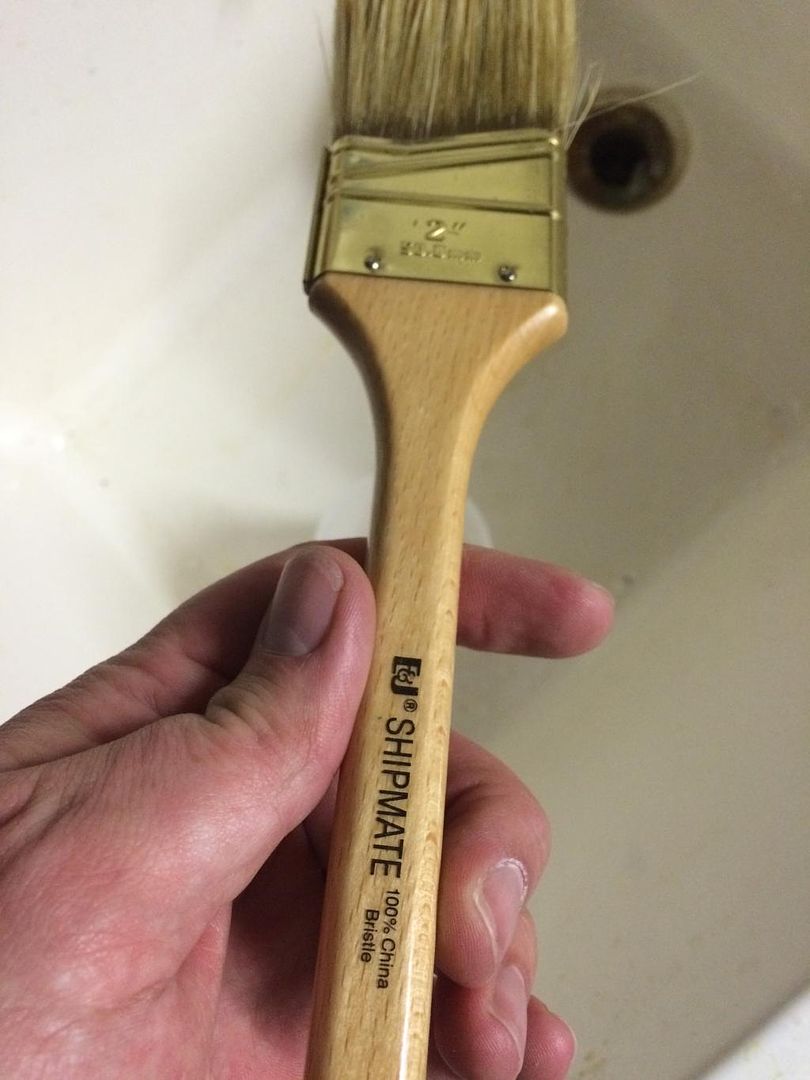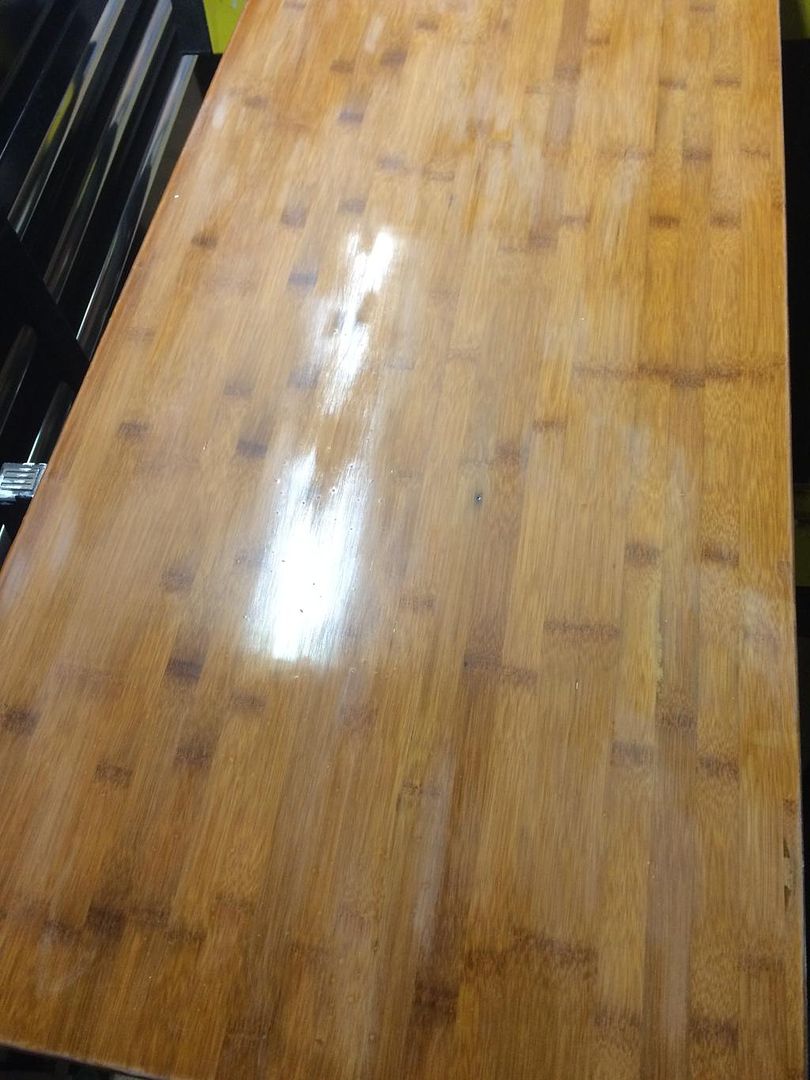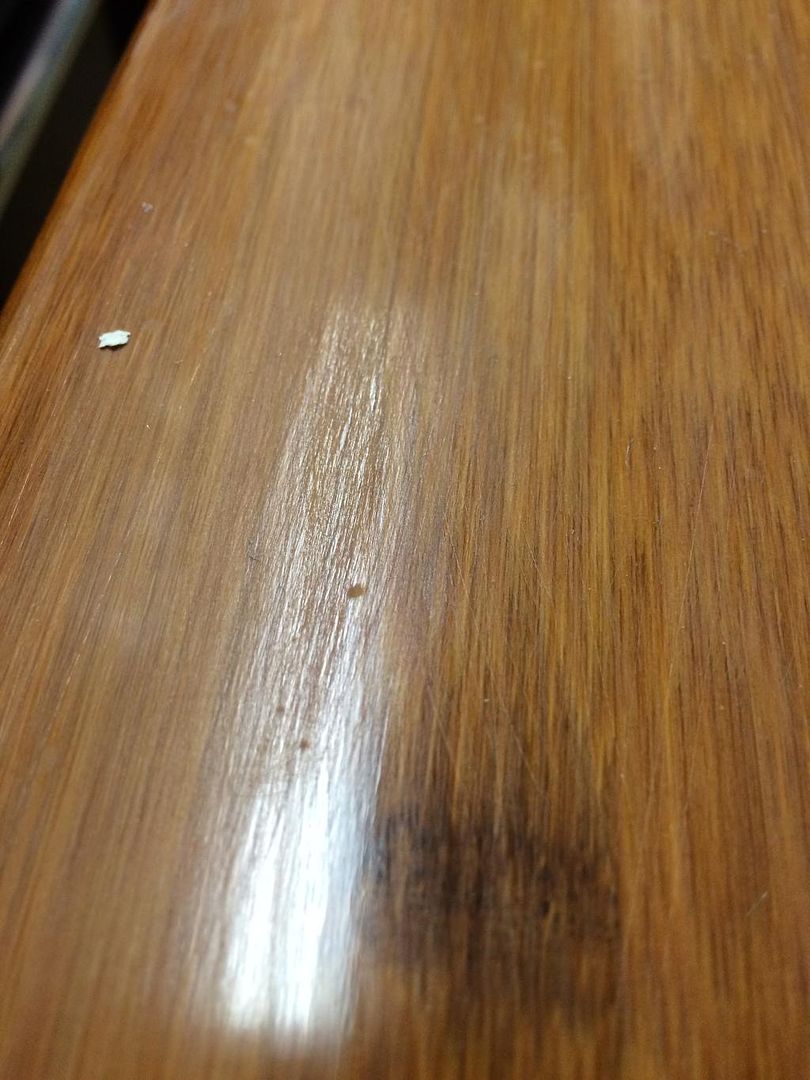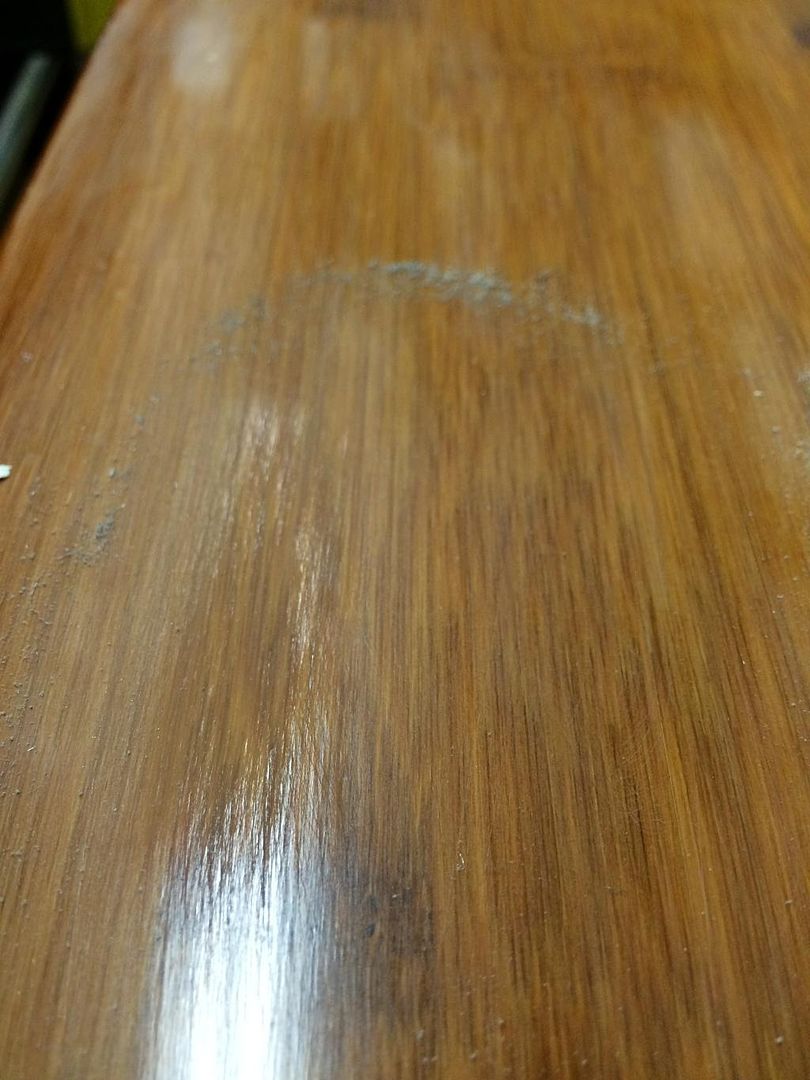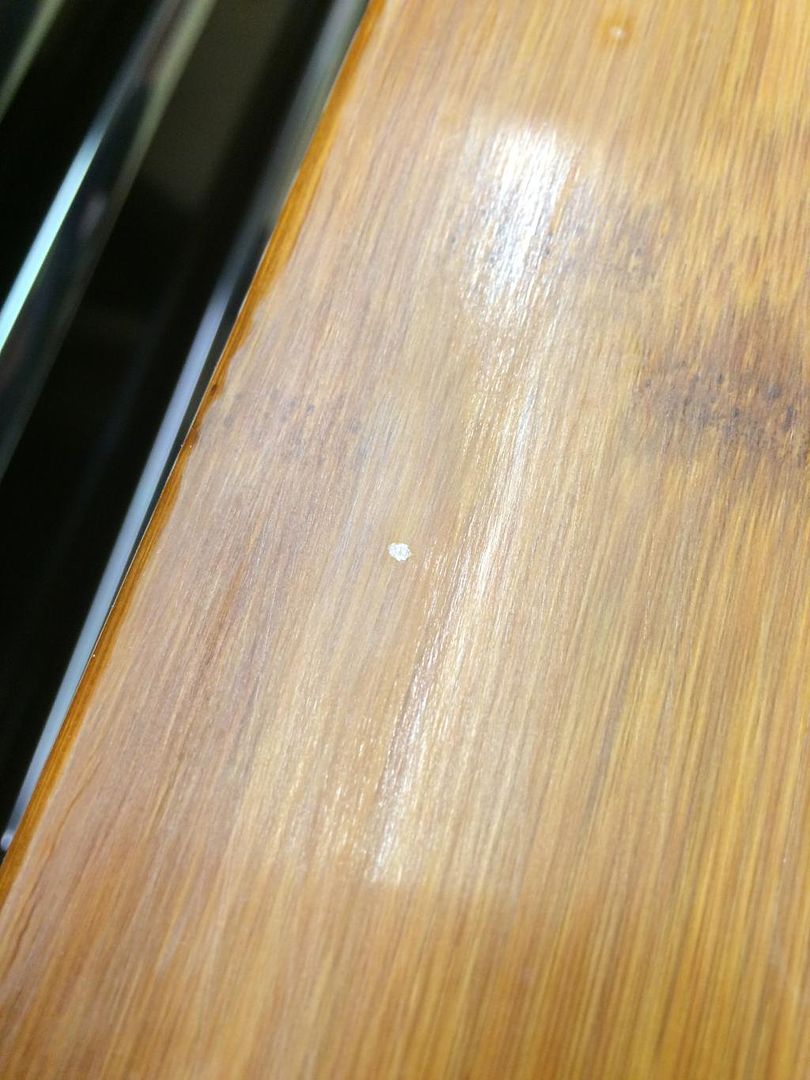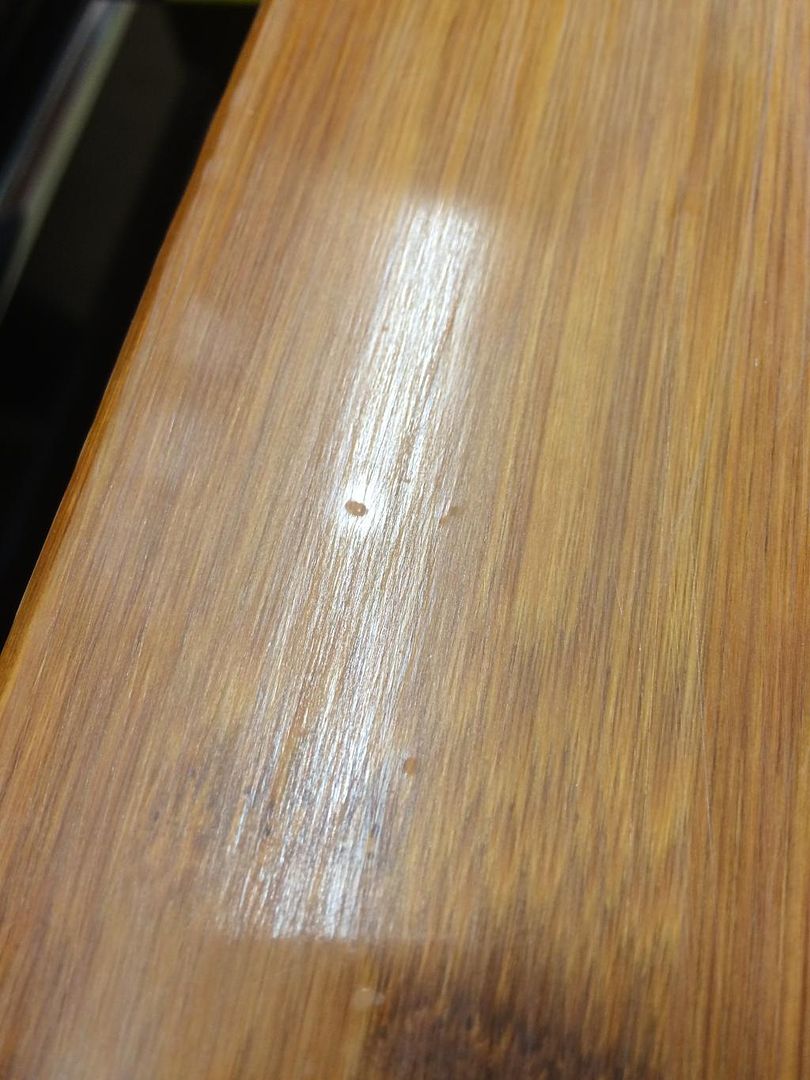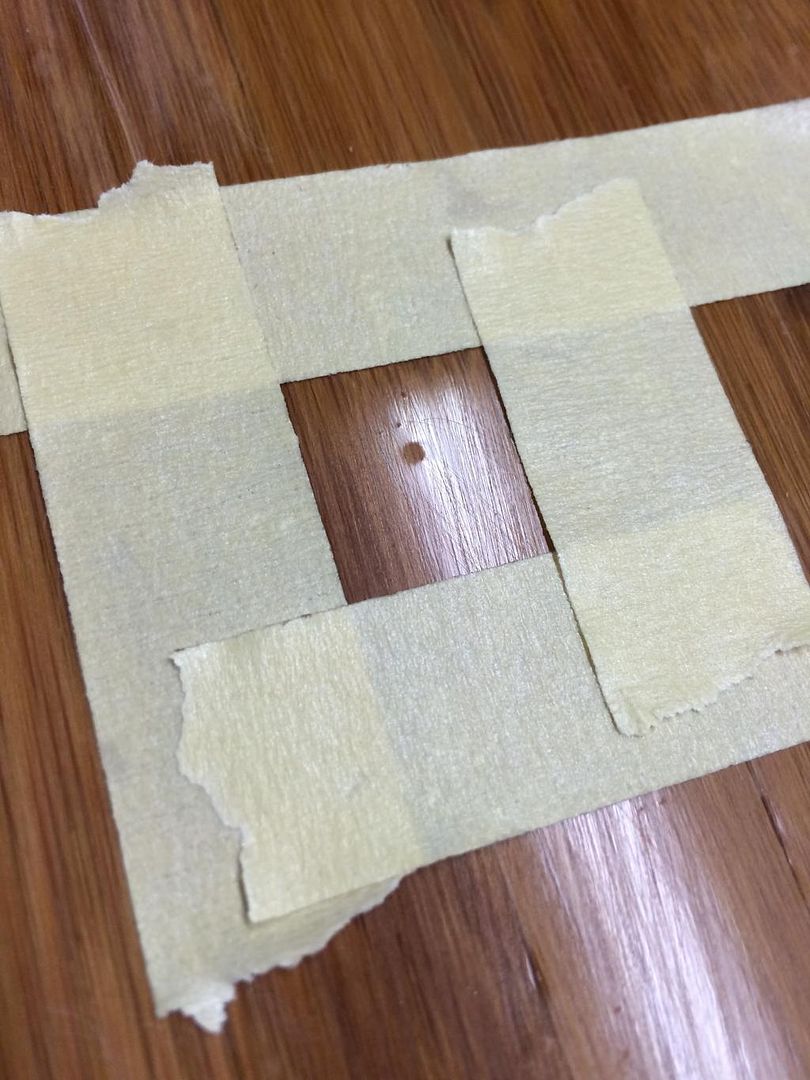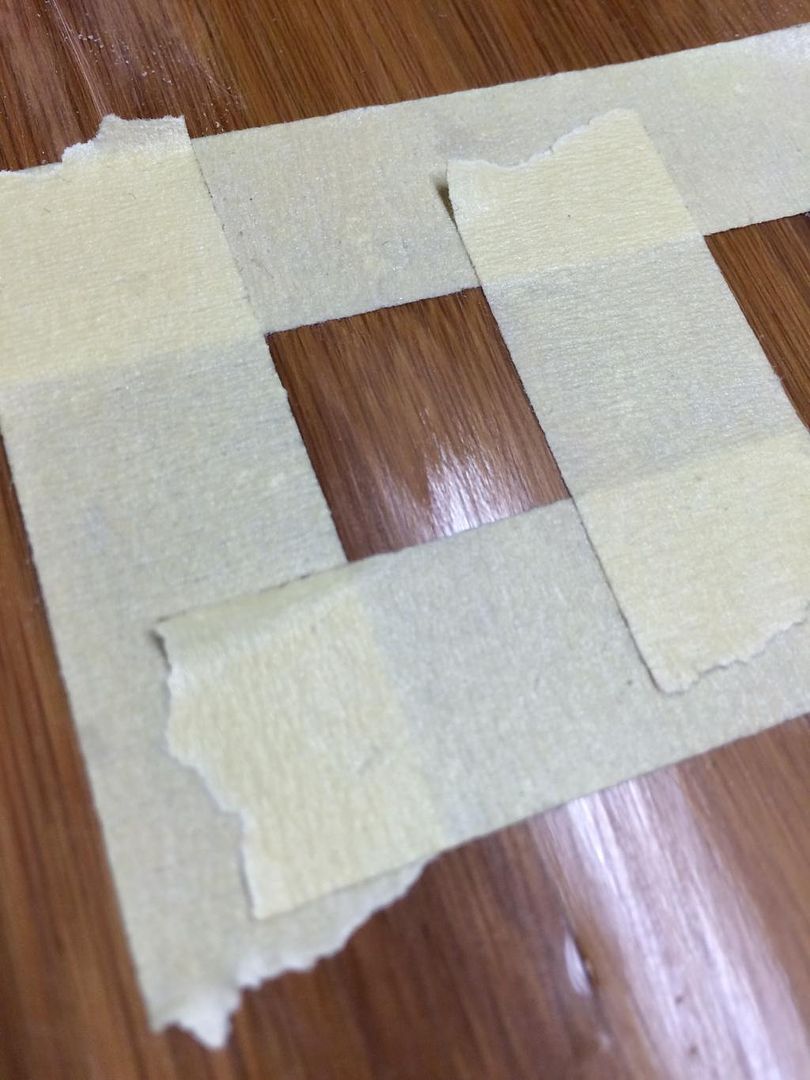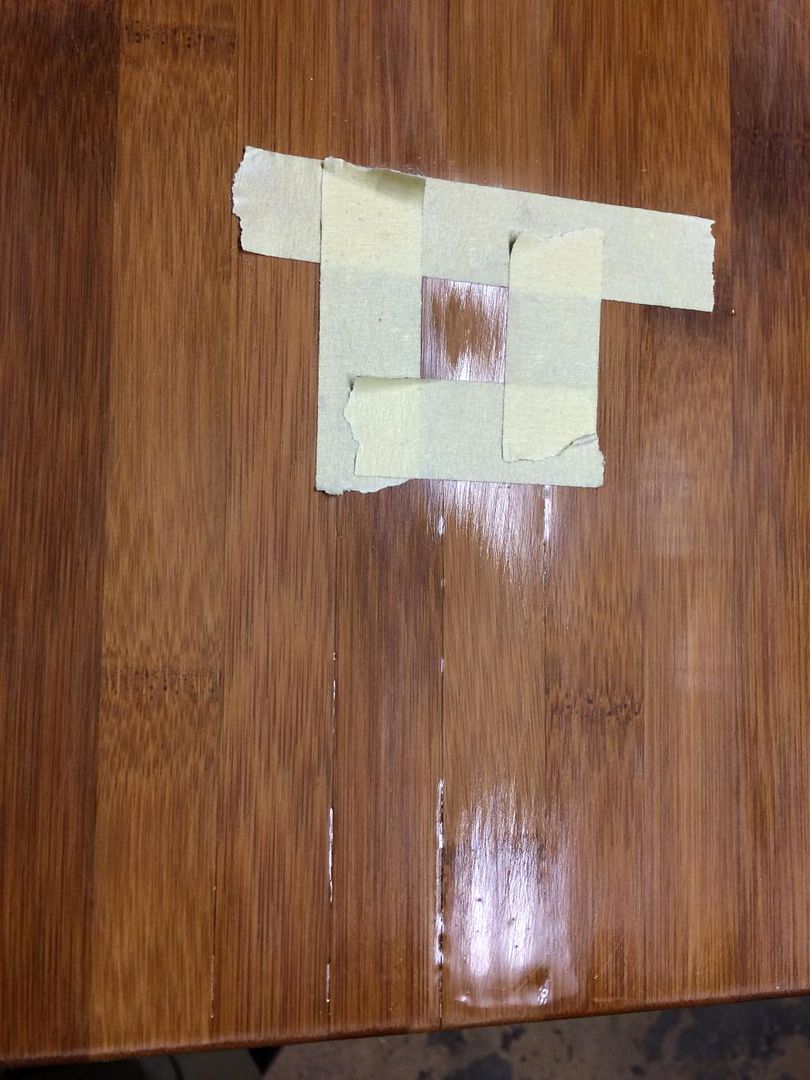It'll stink curing in your house! Trust me on this....
Doesn't need to absolute cure before the next coat. However, it needs to absolutely cure before you ever put anything on top or flatten the finish, if you chose to do so. I allowed my telescope to cure for several weeks indoors since it was so warm and muggy outside at the time.
I like a foam brush with poly. Never shake the can. Instead stir gently. If the can is 55°, then you should sit it in a pot of warm water before brushing it on. I pour enough mineral spirits into a clean, glass jar to just cover the foam on the brush. No need to toss it every time. Just squeeze out the excess poly with your fingers and stick it in the jar. Put the lid on if it's deep enough or put a small hole in a piece of Saran wrap and push it down over the brush handle to seal off the top. The foam should be safe in mineral spirits. (Don't count on this with denatured alcohol however!).
Bob Flexner's book on finishing is my bible! I've learned all from him. Good luck.
Doesn't need to absolute cure before the next coat. However, it needs to absolutely cure before you ever put anything on top or flatten the finish, if you chose to do so. I allowed my telescope to cure for several weeks indoors since it was so warm and muggy outside at the time.
I like a foam brush with poly. Never shake the can. Instead stir gently. If the can is 55°, then you should sit it in a pot of warm water before brushing it on. I pour enough mineral spirits into a clean, glass jar to just cover the foam on the brush. No need to toss it every time. Just squeeze out the excess poly with your fingers and stick it in the jar. Put the lid on if it's deep enough or put a small hole in a piece of Saran wrap and push it down over the brush handle to seal off the top. The foam should be safe in mineral spirits. (Don't count on this with denatured alcohol however!).
Bob Flexner's book on finishing is my bible! I've learned all from him. Good luck.

